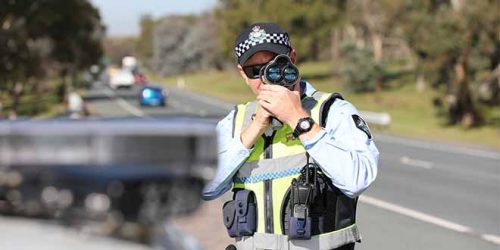
CANBERRA hospitals are performing overwhelmingly the worst in the country, according to the release of two reports.
An Australian Institute of Health and Welfare report and the quarterly ACT Health report confirm that patients in the ACT are waiting longer than all states and territories for hospital treatment.
The numbers are quite concerting in regards to wait times at the emergency department despite remaining steady in some categories but still comparably behind at Canberra Hospital and Cavalry Public Hospital Bruce.
But the ACT government has blamed a lack of Commonwealth funding for affecting the drain on resources.
“There are a range of issues and we would always like to see more funding from the Commonwealth and under a previous Labor government we would have seen the Commonwealth contribution increase to 50 per cent instead of 45 per cent,” Minister for Health Rachel Stephen-Smith said.
“That would have been extraordinary helpful.”
The Australian Institute of Health and Welfare reported that 52 per cent of patients in the ACT during the 2019/20 period were not seen on time in the emergency department, which was double the national average.
The next worse case was in South Australia with 35 per cent while only 19 per cent of patients in NSW were not seen on time.
Half of Canberrans attending the emergency department had to wait 44 minutes compared to 17 minutes nationally.
There was still 10 per cent of Canberra patients that had to wait nearly three hours in emergency, which is 75 minutes longer on average across Australia.
The strain on the public system for ACT Health becomes evident from the quarterly ACT Health report when admissions have risen by more 20 per cent between July and September to 35,639 patients while numbers arriving in an ambulance to emergency are up by nearly 16 per cent to 8525.
More than 40 per cent of patients while the COVID-19 pandemic kept many at home have critically been forced to wait four hours or more in the emergency department.
The minister has put down the increase in emergency admissions to more respiratory issues during a high pollen count season and that more mental health presentations has increased the wait times for other patients.
“They have not been able to pinpoint one single thing that has been attributed to the higher numbers or those longer waits – it’s a combination of factors,” Mrs Stephen-Smith said.
She denied that this was an ongoing problem that has seen ACT Health lag well behind the rest of Australia after increases continue to rise and supply has not kept up with demand.
The Cavalry emergency department capacity has risen by 50 per cent of capacity in the past year, ensuring the overall ACT system is 25 per cent better.
“It’s actually about how those presentations are managed and being able to get people through the emergency department and into a ward, if they need to be admitted or through the emergency department in a good treatment time, if they are going to be treated and go home,” Mrs Stephen-Smith said.
“If we can get that bit right, we can actually manage people who are presenting at the emergency department.
“It is actually addressing those treatment times and those bed lock issues that is going to help more than adding additional treatment spaces within the emergency department, giving the increase we have just seen.”
Bed numbers are not a factor, she said, after the ACT government added extra 140 beds at the Cavalry and has refurbished a ward for 10 additional mental health beds.
But this comes on the back of patients forced to bypass Canberra Hospital and head straight to the Calvary Hospital.
“We have consistently being adding more to the system and we have the same number of beds per head of population now than we did 10 years ago – we have been keeping up that population growth,” Mrs Stephen-Smith said.
“It’s actually about how you flow patients through the hospital, how you ensure that their stay is reduced to the minimum and that’s about doing the right thing by your patients.
“It’s not good for patients to be staying longer than they should and it’s not good for the system.”
Who can be trusted?
In a world of spin and confusion, there’s never been a more important time to support independent journalism in Canberra.
If you trust our work online and want to enforce the power of independent voices, I invite you to make a small contribution.
Every dollar of support is invested back into our journalism to help keep citynews.com.au strong and free.
Thank you,
Ian Meikle, editor




Leave a Reply